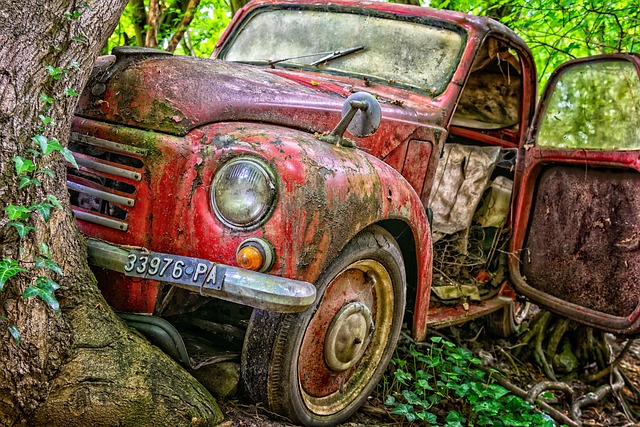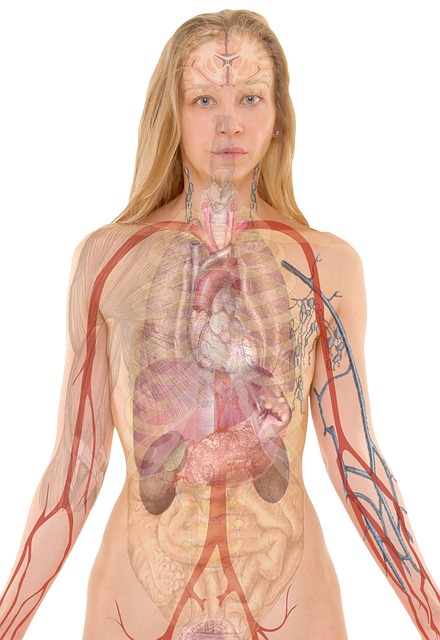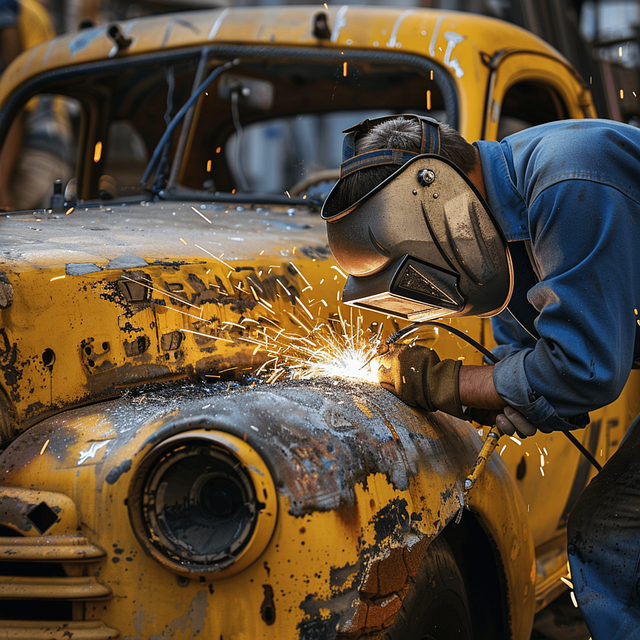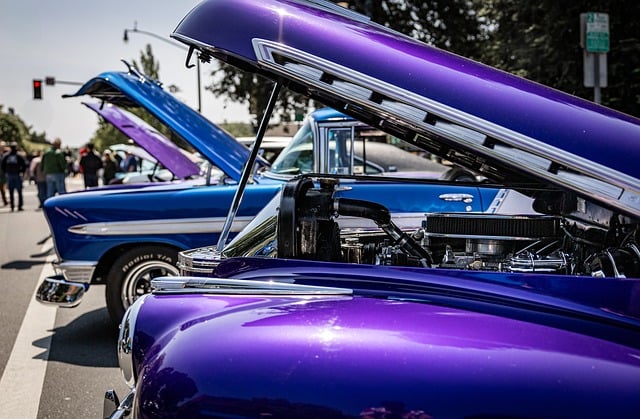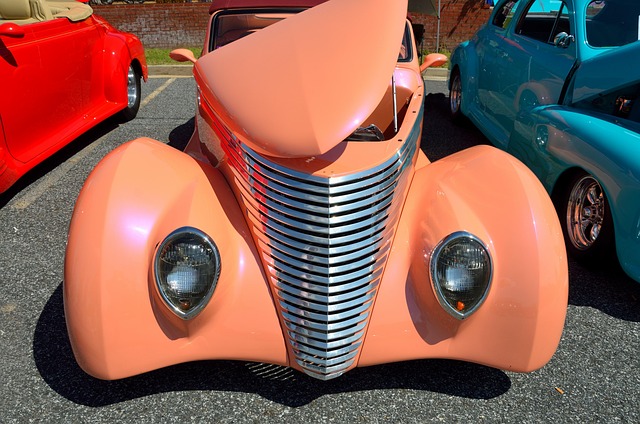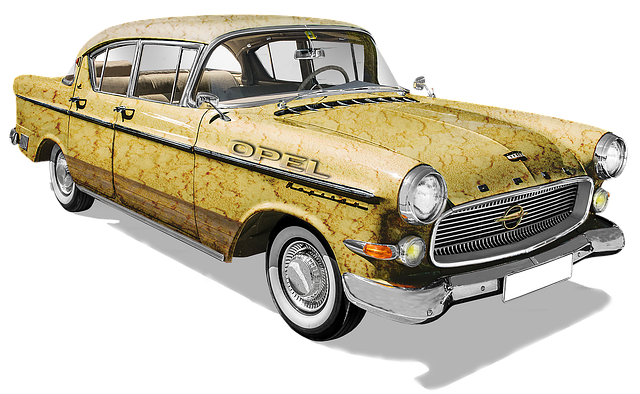A systematic approach is essential for full-size truck collision repairs, beginning with a thorough inspection identifying all damage, from exterior dents to structural issues. Prioritize repairs based on severity, using specific manuals and techniques, and strategize auto body work and paint repair processes, ensuring safety protocols are in place. Skilled professionals use specialized tools like measuring tape, diagnostic scanners, and 3D scanning for accurate, high-quality collision repairs.
Looking to master full-size truck collision repair? This comprehensive guide breaks down the entire process, from initial assessment to final touches. Learn how to identify common truck damage, create a strategic repair plan, and execute efficient, high-quality repairs using specialized tools and techniques. Discover expert tips for dismantling, structural restoration, painting, and more, ensuring your shop delivers top-notch results on every job.
- Assessing Full-Size Truck Damage and Planning Repair
- – Understanding common truck collision damage
- – Tools for thorough vehicle inspection
Assessing Full-Size Truck Damage and Planning Repair
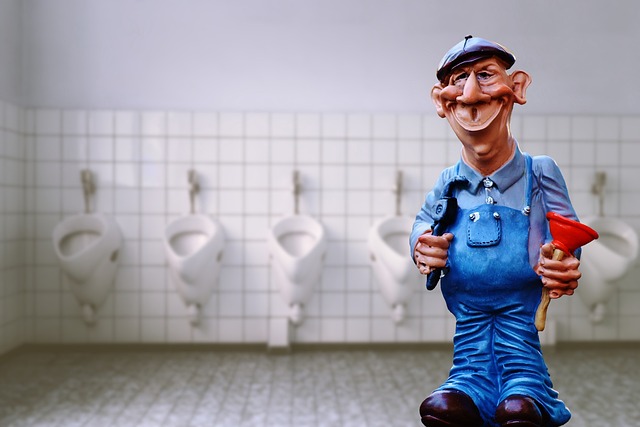
When assessing full-size truck damage for collision repair, it’s crucial to approach the process systematically. Start by conducting a thorough inspection to identify all affected areas. This includes examining the exterior for dents, dings, and crumpled panels, as well as checking the underbody for any damage or fluid leaks. Additionally, assess the functional components like headlights, bumpers, and mirrors for proper alignment and operation. Once the extent of damage is clear, planning begins. Prioritize repairs based on severity, with critical structural elements taking precedence. This step involves consulting repair manuals specific to full-size trucks to ensure accurate replacement parts and techniques are utilized.
Planning also encompasses strategizing for auto body work and car paint repair processes. Estimate timeframes for each task, considering the complexity of the work. Ensure your shop has the necessary tools and equipment for efficient auto maintenance and precise auto body work. Before proceeding with any full-size truck collision repair, double-check safety protocols to guarantee a secure working environment for all involved personnel.
– Understanding common truck collision damage
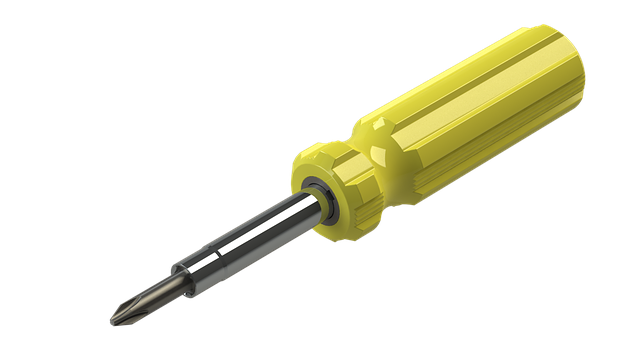
Truck collisions can cause a range of damage to full-size trucks, from dented fenders and crushed sides to more severe structural issues like bent frames and shattered windshields. Understanding common types of collision damage is crucial for efficient full-size truck collision repair in your shop. One of the most frequent occurrences is impact on the vehicle’s exterior panels, such as doors, hoods, and fenders, which often require replacement or significant auto body work to restore their original condition.
Additionally, collisions can lead to complex damage involving multiple components, including suspension systems, frames, and even interior parts. Auto collision repair professionals need to be adept at assessing the extent of the damage, ensuring that every aspect is considered for comprehensive vehicle body repair. Proper diagnosis and skilled craftsmanship are essential in bringing these damaged trucks back to their pre-collision condition using top-notch auto body work techniques.
– Tools for thorough vehicle inspection
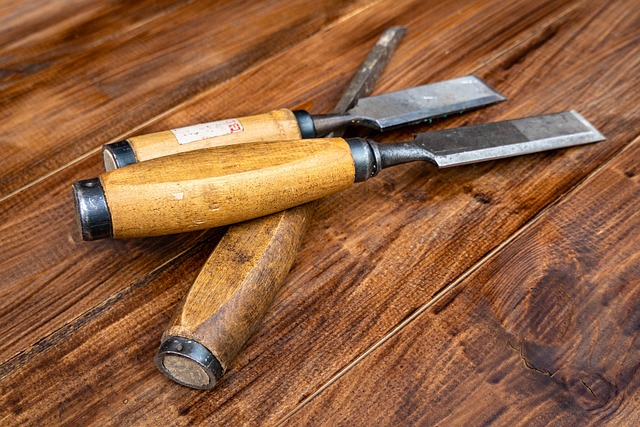
When it comes to full-size truck collision repair, a thorough inspection is the cornerstone of quality work. Auto body technicians need to employ specialized tools designed for assessing the extent of damage and identifying hidden issues. This includes high-quality measuring tape for precise dimensions, diagnostic scanners to check computer systems, and powerful lights to examine every angle of the vehicle. For instance, a comprehensive inspection should evaluate not just the exterior but also the structural integrity of frames, the condition of brakes, and potential leaks in the engine or cooling system—all crucial aspects of full-size truck collision repair.
Additionally, tools for capturing detailed images and 3D scans can capture microscopic imperfections and ensure every part is accounted for during the repair process. These advanced methods significantly enhance the accuracy of auto body services, especially when combined with experienced technicians who know how to interpret complex data. Effective vehicle paint repair necessitates a meticulous approach, making these inspection tools indispensable in a collision center setting.
In conclusion, applying full-size truck collision repair in your shop requires a strategic approach. By understanding common truck collision damage and equipping yourself with the right tools for thorough inspection, you’re well on your way to successfully managing these repairs. This process ensures not only the safety and functionality of the vehicle but also boosts customer satisfaction post-repair.

